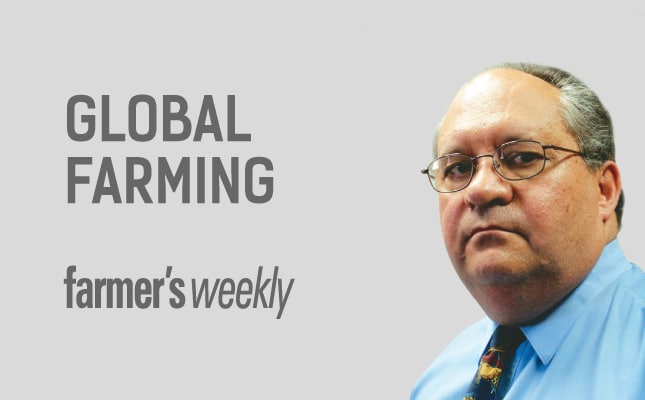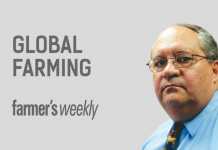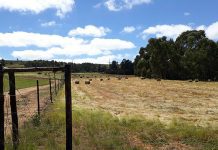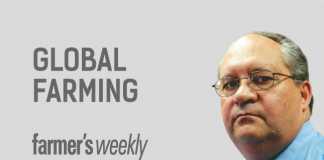
Global meat production grew by 1% in 2013. Poultry meat showed the slowest growth in 20 years, while pig and sheep meat had the fastest growth. The main limiting factors on poultry meat production were high feed prices in the first half of 2013 and the slowdown in Chinese production growth after consumer reaction to the H7N9 avian flu outbreak.
READ:Rhino poaching numbers down in Kruger, but spiking elsewhere
World meat production is expected to grow slowly in 2014 to 311,6 million tons, up by 1,1% on 2013. This growth will take place largely in developing countries. The highest demand growth is also found in the developing world. Internationally, prices remained at high levels to January 2014 and have since increased sharply. The FAO meat price index rose from 183 in January 2014 to 208 in September, an increase of 13%. The prices of grains moved in the opposite direction, with decreases of 6% over the same period.
Lower grain and higher meat prices imply improved profitability for livestock producers worldwide. Global meat production is thus expected to rise by 1,6% a year during the next decade, down from 2,3% growth per year in the past decade. Nearly half the growth in total meat demand will be for poultry, while the sheep meat sector will also show positive growth.
In South Africa
Information supplied by Agrimark Trends shows that the total slaughter of beef is decreasing in South Africa. In June, total slaughtering was 12% down on May 2014 and 6,6% down on the same month in 2013. In general, beef slaughter is 9,5% below the long-term average. The prices of A, B and C grades of beef were all higher than in this month last year. Class A2/A3 increased by 22%, Class B2/B3 by 24,2%, and Class C2/C3 by 16,9%. Higher prices are expected in the short term.
Weaner prices were 23% up on the same month last year. Lamb/mutton supply was down compared with 2013. In August, lamb and mutton slaughtering was 24,5% down on the same month in 2013, while prices for the different grades increased year-on-year by more than 20%. The decrease in sheep numbers as theft and predation force farmers to switch from sheep to beef has resulted in a sharp drop in mutton/lamb supply.
Large parts of the traditional beef producing areas had a very dry period in 2012 and 2013. Conditions have improved since the end of 2013. Maize prices remain low and Safex indications are that they will probably remain low in the coming months, especially as the next maize crop is likely to be large enough to supply local demand.
Consumers
The situation of the consumer, and especially the previously disadvantaged consumer has improved substantially. Consumer debt and the cost of servicing this debt have decreased, while the consumer’s per capita disposable income has increased during the past three years.
The percentage of the population in the upper middle class has increased sharply, while the percentage of the population in the lowest lifestyle groups has decreased. As people move up the economic scale, their diets change from largely starch-based to largely protein-based. Higher total social pension spend also drives the demand for basic foods.
In spite of this, the total amount spent by poor households on cellphone airtime may equal their spending on food. Also, while it did decrease, the nature of consumer debt has changed. A smaller percentage of total debt is secured (mortgage and hire-purchase) debt and a larger percentage unsecured, especially money owed to micro-lenders and furniture stores. These factors limit the consumer’s ability to buy more meat.
Overall outlook
Beef farmers will, in the next year, try to rebuild herds, while sheep numbers will continue to decrease. Consumer income will increase and, as more consumers enter the middle class, demand will grow. A weak rand will also limit the effect of imported meat. Grain prices will probably remain at current levels, ensuring that livestock farmers are able to produce beef, mutton and lamb profitably in 2015.
However, this positive outlook is dependent on a quick solution to the current vaccine debacle. It is clear that Onderstepoort Biological Products is a failed organisation and serious government intervention is needed. The sooner private companies take over the manufacture and distribution of vaccines, the better.
Dr Koos Coetzee is an agricultural economist at the MPO. All opinions expressed are his own and do not reflect MPO policy.




